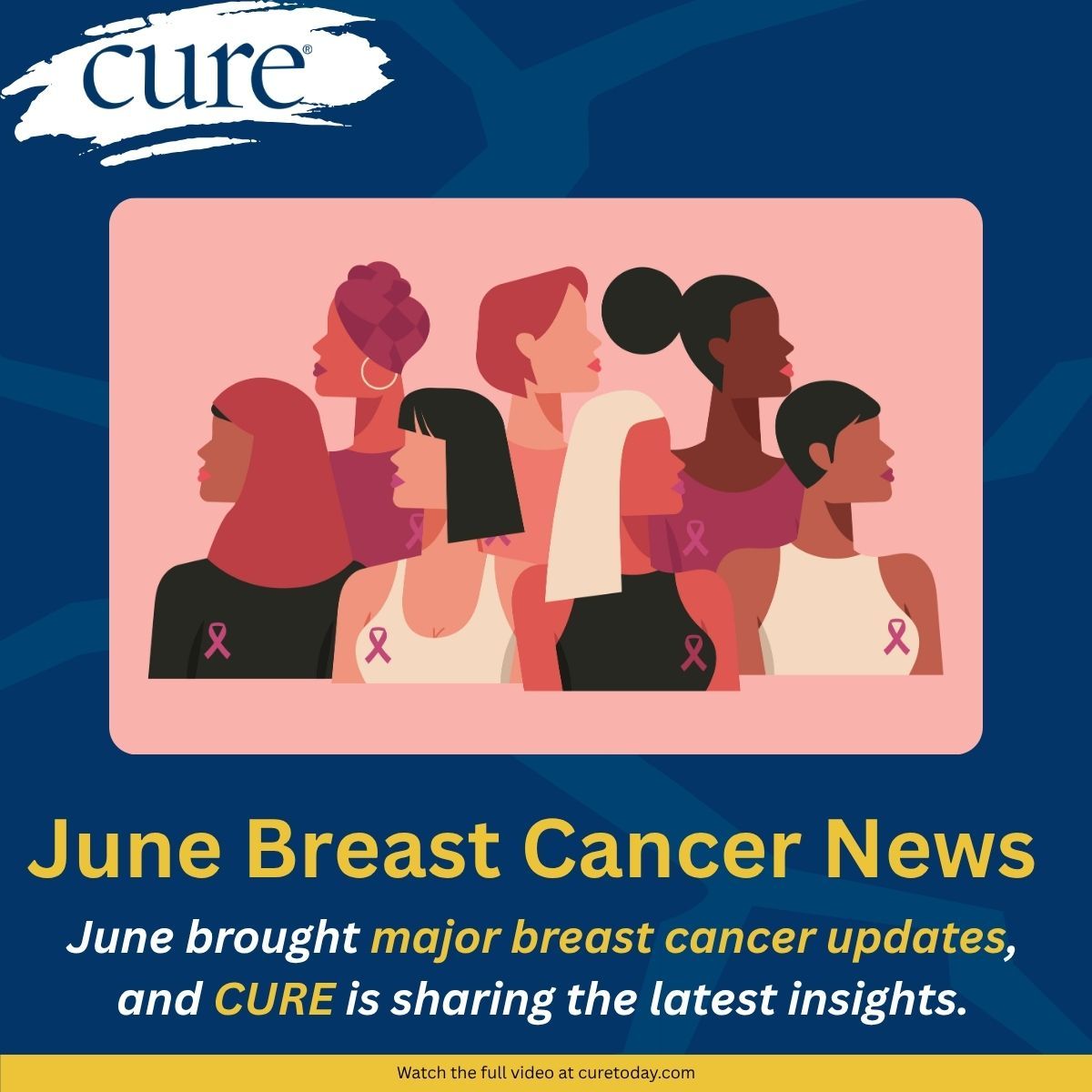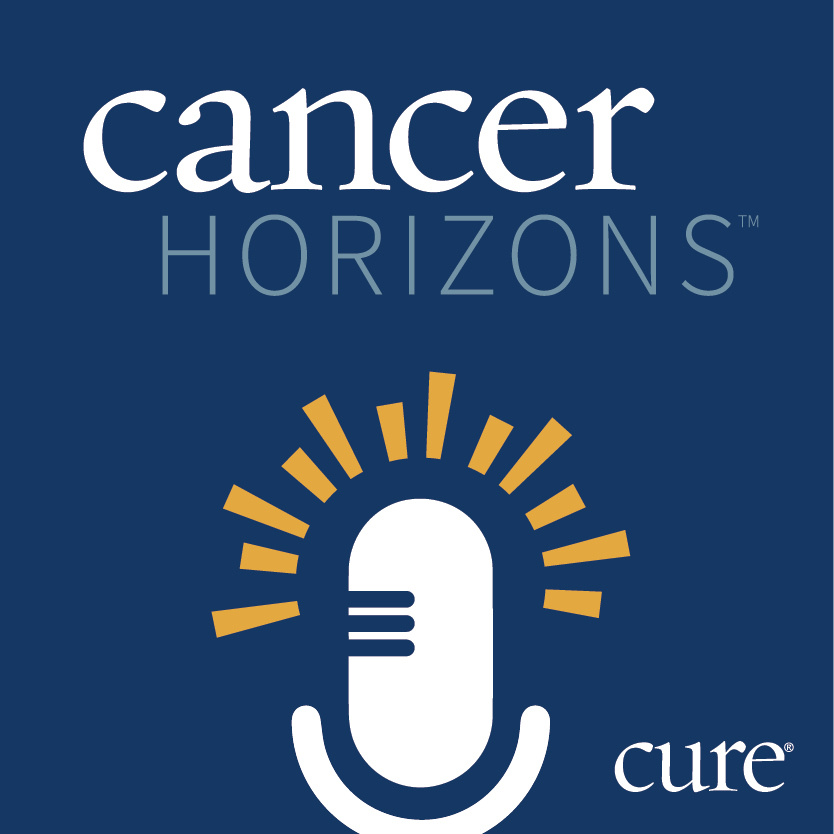News
Article
Heal
Improved Way to Predict Breast Cancer-Related Lymphedema
Author(s):
New preoperative and postoperative models can help identify those at high risk of breast cancer-related lymphedema following surgery.

Identifying the risk of breast cancer-related lymphedema (BCRL) has become easier based on new advances in which highly accurate preoperative and postoperative predictive models can aid with interventions based on independent risk factors, according to findings from a recent study.
Results from two studies in CA: A Cancer Journal for Clinicians have found that there are 2.3 million new cases of breast cancer annually, with 300,000 of these cases in the United States. Additionally, findings from a study in The Lancet Oncology have established that approximately 16.6% of women develop breast cancer-related lymphedema at some point after breast cancer treatment.
BCRL is a chronic disease that entails the accumulation of fluid in the fat and tissues, typically in the arms. Common symptoms can include swelling, tightness and heaviness, which cause limited mobility in the arms. Findings from two sections in the book “Multimodal Management of Upper and Lower Extremity Lymphedema” from Springer Publishing also emphasized that women who are in the later stages of BCRL face lower health-related quality of life, including a higher risk for physical disfiguration, lack of response to treatment, functional impairment and cellulitis (a common bacterial skin infection).
While preventing BCRL is crucial, previous prediction models have not been as accurate at identifying the risk for BCRL in patients. Instead, strategies were employed to slow disease progression at an early stage such as closely monitoring women who were at high risk for BCRL, using compression garments immediately after surgery and quick intervention through complex decongestive therapy. This type of therapy entails lymphatic drainage, compression, exercise and skin care.
Findings from a study published in JAMA Surgery from a team of researchers
at Memorial Sloan Kettering Cancer Center (MSKCC) in New York City, and the Mayo Clinic in Jacksonville, Florida, established that, with a developed and validated prediction model for lymphedema, both patients and doctors can see a change for the better.
“We figured out that if you ask (patients) a very simple question and if you have their history, you can calculate a number, which will give you an idea of whether they have swelling now or lymphedema now and (whether) they should come in for measurements. So this way, we can limit the number of postoperative visits that patients need to come in for,” Dr. Babak Mehrara said during an interview with Heal.
Mehrara is senior author of the respective study and chief of plastic and reconstructive surgical service at MSKCC. “And then, the other point is to try and decrease the number of clinic visits that patients have. The way we follow patients is by having them come in and do measurements repeatedly. But that’s very time intensive, both for the patient and for us.”
Mehrara also emphasized that constant visits to the clinic can quickly become costly for patients. Certain factors, Mehrara noted, can make a patient more likely to develop BCRL, including race, obesity, advanced age and chemotherapy treatment. He emphasized that it’s ideal to cultivate a good diet and exercise regimen to maintain a healthy weight, which relates to modifiable interventions.
Use of predictive models is crucial regarding lymphedema interventions in patients with breast cancer, the authors of the study determined. They acknowledged that preoperative models used for patients who are at high risk for BCRL can provide help regarding interventions that are modifiable, such as weight reduction for obesity through both aerobic and anaerobic exercise.
Diet is another modifiable intervention that patients can implement alone. “There have been some studies to show that dietary modifications, such as a Mediterranean diet or a ketogenic diet, do decrease the severity of lymphedema, ... (as) dietary interventions like low inflammatory diets are good,” Mehrara said.
The study authors also found that other interventions include early postoperative complex decongestive therapy and/or immediate lymphatic reconstruction using a lymphovenous bypass. The latter is a procedure that forms a path for fluid to draw away from the arms.
Patients with a lower risk for BCRL can also benefit from the new postoperative model.
“I think it’s helpful for patients to understand their risk,” Mehrara said. “I think some patients are very, very worried about it ... (and it) causes a lot of anxiety for them. It’s helpful for them to know that their risk is 3%, 5% or something very low. I think it’s also good for providers to be able to divide patients into categories of risk. So rather than bringing everybody in every three months and measuring them and putting them through the rigmarole of screening, we can concentrate on the patients who are at highest risk. The other patients we can send questionnaires.”
Existing models predicting BCRL failed to account for potential racial differences, according to Dr. Danielle Rochlin, lead author of the study and plastic and reconstructive surgeon at MSKCC. Previous data published in the journal Cancer underscored Rochlin’s statement and concluded that many individuals who develop BCRL and experience lower health-related quality of life are Black. Specifically, the data showed 42 of 190 Black patients developed BCRL compared with other races: 10 of 80 Asian patients, 158 of 1,558 White patients and eight of 54 patients who identified as another race.
Current models are now better at considering racial differences when predicting BCRL, as demonstrated in the JAMA Surgery study findings.
“We know there are differences between races with regard to proclivity to developing inflammation or fibrosis, the two main pathologic features of lymphedema. I think you have to take that into consideration, understand that and see how that changes the baseline risk,” Mehrara said. “I think the nice thing about our model is that adding that factor improves our ability to predict significantly, so that is an independent risk factor that we can use to improve our model.”
However, he also recognized some of the challenges regarding models that consider race.
“The problem with race (as a variable) is that most of our patients are self-reported. And so it’s hard to know exactly what the racial contribution is,” Mehrara said.
Because there are many combinations of races, Mehrara noted that simpler models are not great at predicting risks of lymphedema. “I think the next step is to develop a machine- learning algorithm that can take more of these variables into consideration, rather than the logistic regression analysis that we did,” he said.
For more news on cancer updates, research and education, don’t forget to subscribe to CURE®’s newsletters here.
2 Commerce Drive
Cranbury, NJ 08512
All rights reserved.





